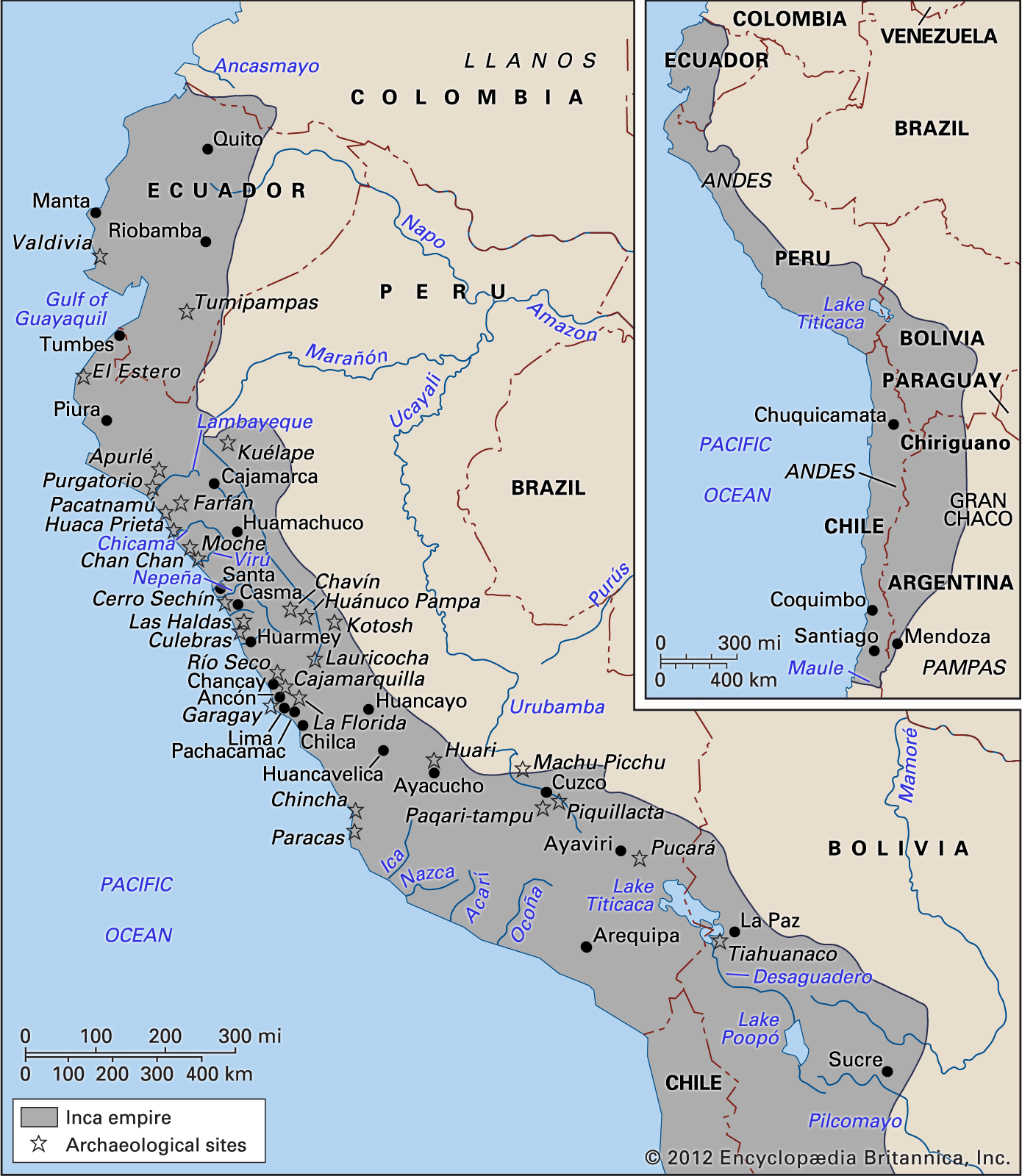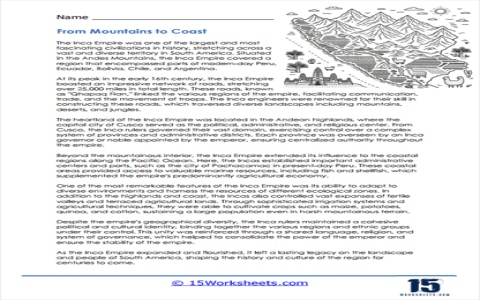[Body]
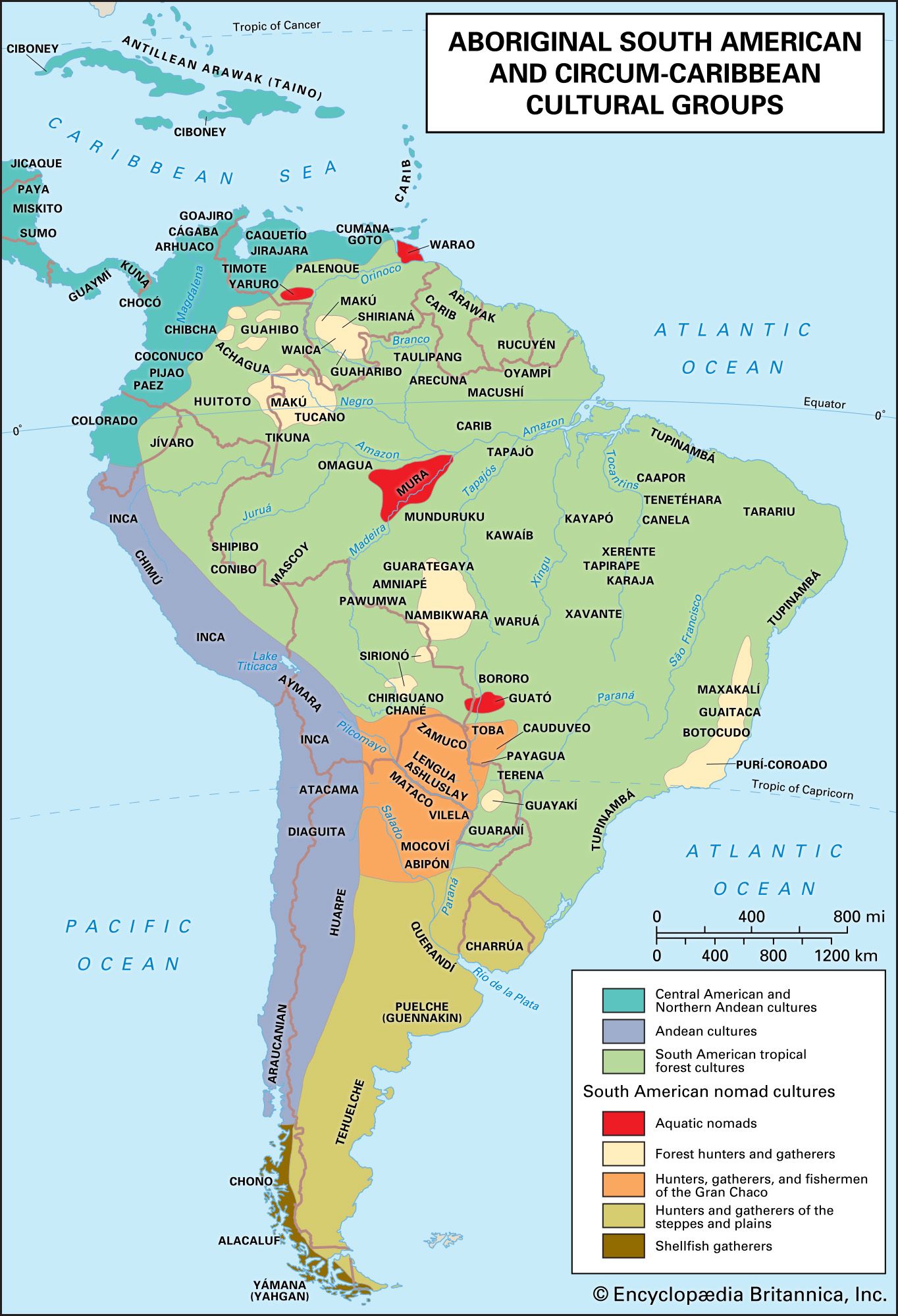
Alright, let’s talk about them Andes folks and how they got themselves organized, the political and social stuff, you know? Don’t expect no fancy words from me, I’m just gonna tell it like it is, plain and simple.
The Ayllu, That’s Family, Sort Of
Now, these Andes people, they had this thing called an “ayllu.” Think of it like a big, big family, but not just your momma and daddy and cousins. It was more like a whole bunch of families, maybe a hundred or so, all bunched together. Each ayllu had a boss man, a “curaca,” he was. He kinda looked after things. And they all shared the land, worked it together, you know, like a team. They planted their potatoes, or whatever they ate, and everyone got a share. It was all about working together, helping each other out. That’s how they did things.
Big Boss Inca and His Helpers
Then you had the big boss man, the Inca. He was like the king, the top dog. He ruled the whole shebang. And he wasn’t just the boss, he was also kinda like a god to them, you know what I mean? People believed he was special. Now, this Inca fella, he couldn’t be everywhere at once, so he had helpers. He split up the land into four parts, “suyos” they called ’em. And each suyo had a governor, a “Tucuy Ricuy,” who made sure things ran smooth.
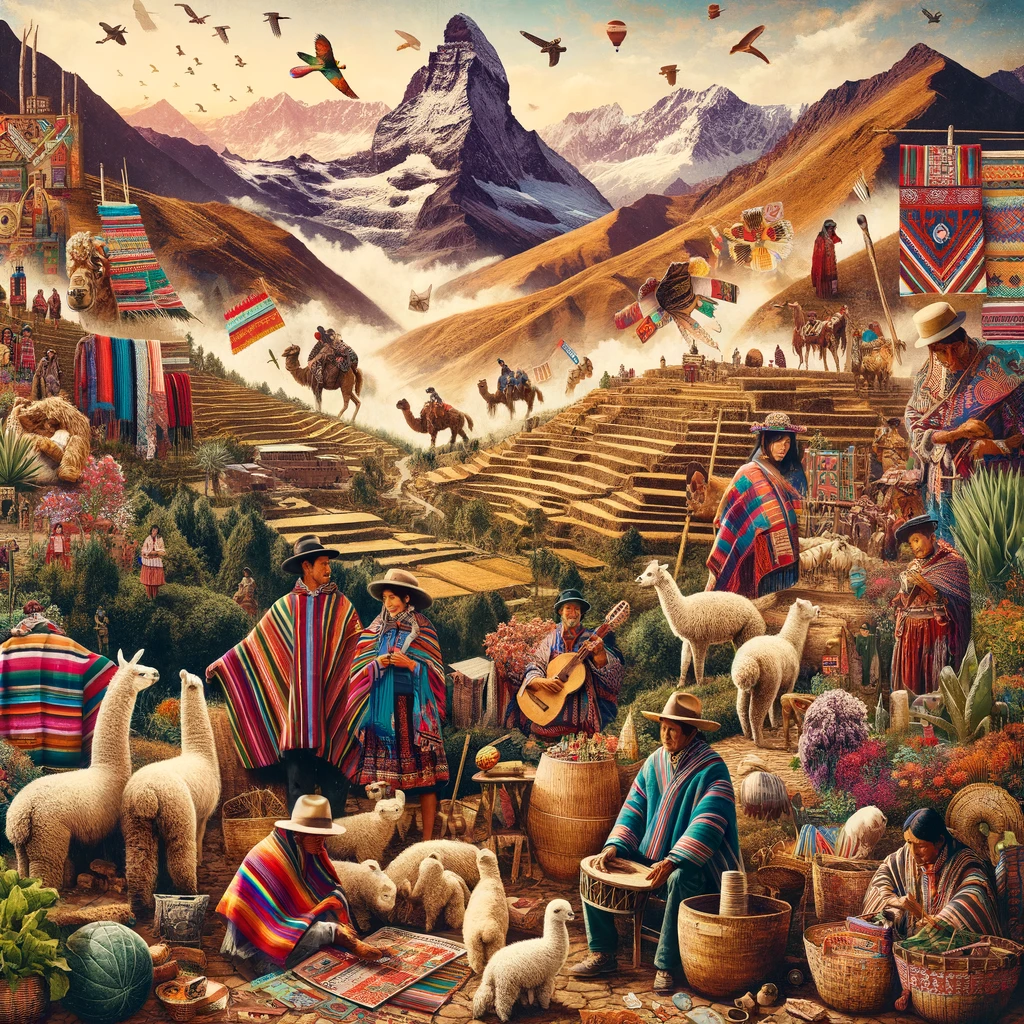
- Inca: The big boss, like a king.
- Suyos: Four big areas the Inca divided the land into.
- Tucuy Ricuy: The governor of each suyo, like the Inca’s helper.
- Curaca: The boss of each ayllu, looked after the families.
Working Together, That’s the Key
These Andes folks, they always worked together, in their families, in their ayllus, and even bigger groups. It wasn’t just about farming, you know. It was about everything. They helped each other build houses, they celebrated together, and they even fought together if they had to. It was all about being part of a community, belonging somewhere. And them communities, they weren’t just staying put. They were connected to other places, trading stuff, you know, bartering for what they needed. They weren’t just stuck in one place, they were part of something bigger.
Strong Women, They Had ‘Em Too
And don’t you go thinking it was just men running the show. Them Andes women, they were strong too. They had their own leaders, women who spoke up for their communities. They were important, you see? They helped make decisions, and they kept things going just like the men. They had a voice, and they used it.
Keeping Things Going, Even Today
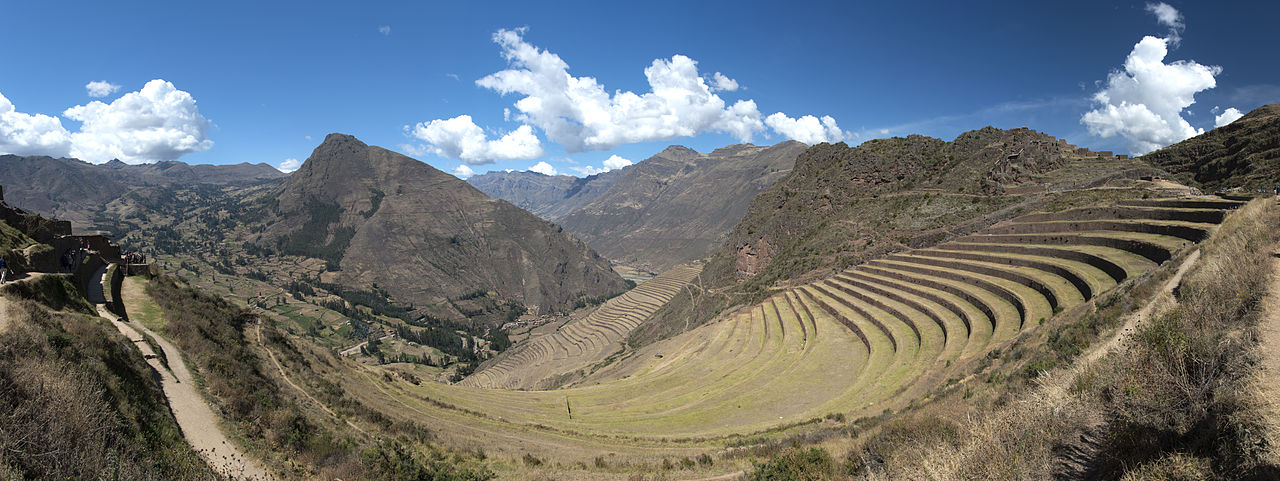
Now, things ain’t exactly the same as they used to be, you know? Time changes things. But even today, you can still see some of that old ways in the Andes. The communities might not be as strong as they once were, but people still remember their traditions, their culture. They still value working together, helping each other out. And that’s important, it is. They’re still figuring out how to keep their identity, how to make things better in their communities, how to deal with the politics and all that stuff.
Politics, Culture, It’s All Mixed Up
It’s hard to separate the politics from the culture and the social stuff. It’s all mixed up together, you know? Their beliefs, their values, their way of life, it all affects how they organize themselves, how they make decisions. They got their symbols, their traditions, things that tie them together, things that make them who they are. And they’re trying to hold onto that, even in this modern world. They want to make sure their voices are heard, that their culture stays alive, that they have a say in what happens to them and their land. They want to keep that Andy way of doing things, that sense of community, that strength in unity. They are working on building a better future for themselves, while honoring their heritage. It ain’t always easy, but they’re doing it their way.
So, that’s the gist of it, the way I see it. The Andes folks, they had a good system, a way of working together that made them strong. And even though things have changed, they’re still trying to hold onto that, trying to make their way in the world, keeping their culture alive and fighting for what they believe in. They are tough people, you know. They’ve been through a lot, but they’re still standing, still fighting, still hoping for a better future.
Tags: Andes, Inca, ayllu, social organization, political organization, culture, community, leadership, tradition, history
